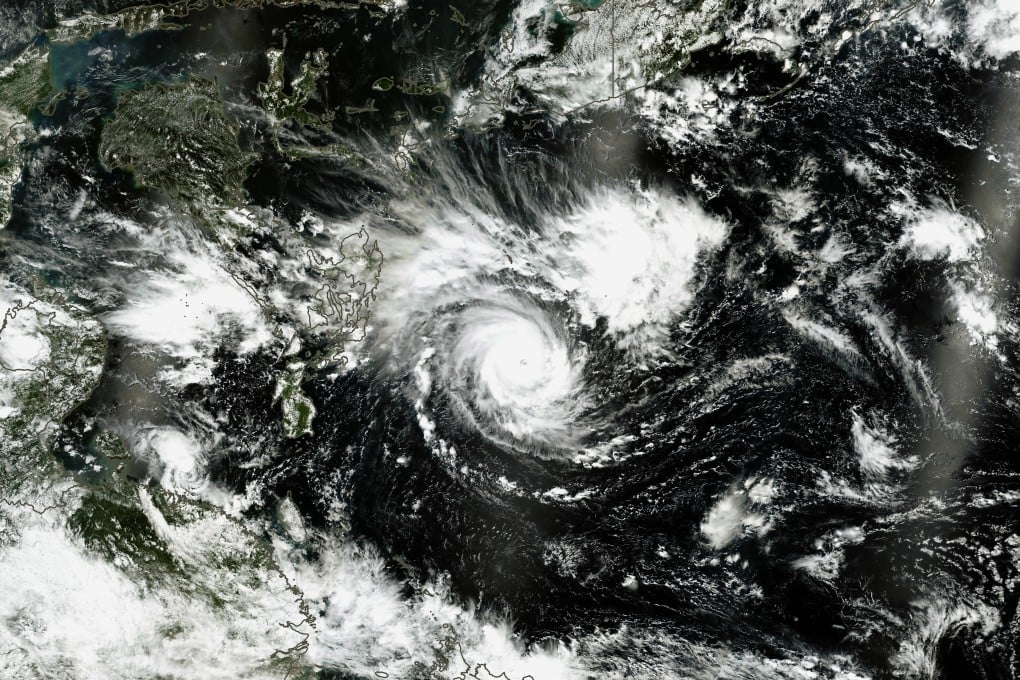Typhoon Mangkhut, which slammed Hong Kong in 2018, joins Rumbia in ‘retirement’ from international storm list as more fruit-based names added
- Replacement names Pulasan and Krathon, both taken from popular Southeast Asian fruits, were offered up by Malaysia and Thailand, respectively
- Storm names are often ‘retired’, both to acknowledge significant devastation they have caused and to avoid confusion between weather events

Two typhoons that ravaged the region in 2018 – Mangkhut and Rumbia – have seen their names forever struck from the international roster of tropical storm designations, though the next dark clouds on the horizon could just as likely bear the name of a popular fruit.
Pulasan and Krathon, named after delicacies from Malaysia and Thailand, respectively, have made the latest roster of potential appellations after being endorsed at the 52nd session of the World Meteorological Organisation’s Typhoon Committee.
Countries hit hard by typhoons can lobby to “retire” the names of storms, both as a mark of respect to those who lost their lives, and to minimise confusion between different weather events.

“According to convention, the Typhoon Committee will consider retiring the name of a tropical cyclone that has caused serious casualties and economic losses,” Hong Kong’s Observatory said in a statement.
But countries also offer up names for tropical storms to be, as was the case with Pulasan, a close – if sweeter – relative of rambutan, and Krathon, a sweet, fleshy fruit also known as santol.